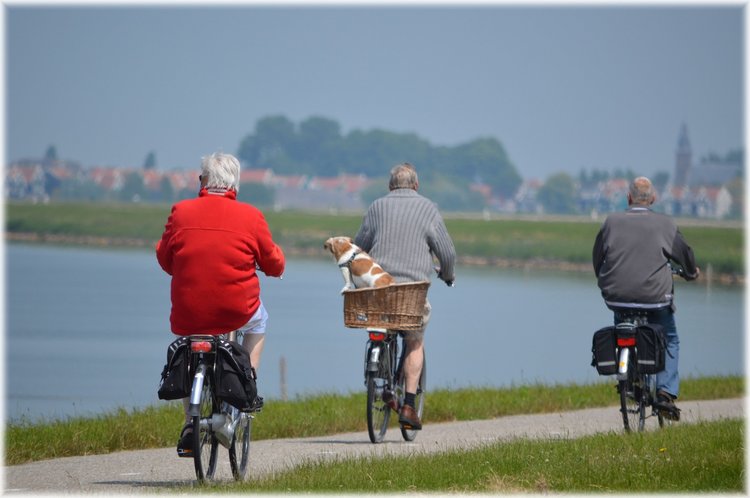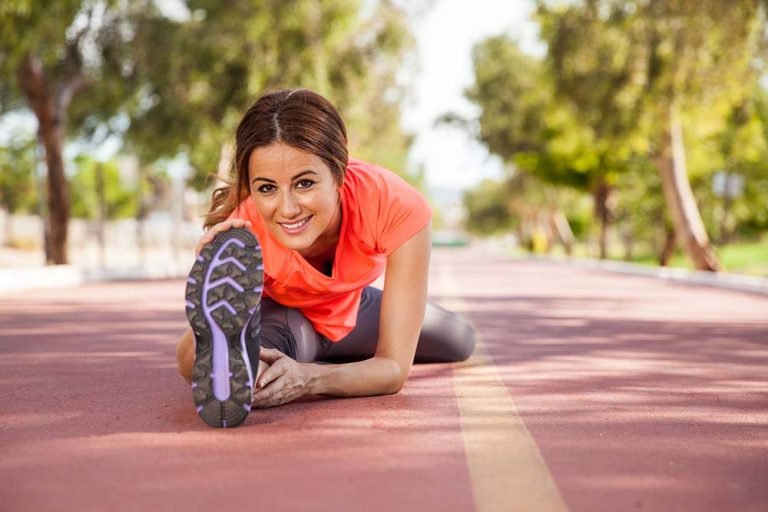As we age, our balance changes. Gait and balance disorders are common in older adults. They can cause falls and even diminish our independence. 30% of people aged 65+ report difficulty walking or climbing and up to 20% require the use of an aid to walk (like a cane).
These disorders are often caused by medical issues like arthritis. But your central nervous system also contributes to your ability to walk, stand and climb with ease. Irritated nerves, for instance, can significantly contribute to coordination problems later in life. The messages that go into the brain may misfire, failing to let the brain know that a part of the body is in trouble. And missed messages from the brain can cause coordination and balance issues. Your brain is basically the air traffic control center of your body, and your spine is the jetway! When herniated discs, spinal stenosis and misalignments occur, the normal flow of nerve impulses becomes disrupted. That makes it harder for the brain to receive signals for proper balance, gait and coordination.
Your chiropractor can help, though! Spinal adjustments can relieve subluxations or nerve irritation along the spine, to help better send those messages back and forth from the brain. Your otic and vestibulochlear nerves pass from the brain through the inner ear and travel down to the cervical and thoracic area of your spine. If these nerves are impacted, this can be a major contributor to balance and coordination problems.
There are also exercises that can help you improve your balance and gait. Back leg lifts, for instance, helps to strength your lower back making your gait more confident.
To do a back leg lift, stand behind a chair. Slowly lift one leg straight back without bending the knee or pointing your toes. Hold the position for a second or two then gently bring the leg back down. Repeat this eleven more times, and then shift to the other leg.
Hand and finger exercises can also help improve coordination and improve motility and flexibility. You can actually sit while performing this exercise!
Pretend that there is a wall in front of you. Hold your arm out straight as if your fingers were just brushing against the imaginary wall, then “climb” the wall until your hand is above your head. You can do both hands at one time. While holding your arms above your head, wiggle for fingers for ten seconds then walk them back down.
You can also practice touching your hands behind your back. Place your left arm behind you, down along the spine. With your right hand reach back to take hold of your left hand. Hold the position for ten seconds, then release and switch arms.
While many older Americans have trouble with gait and coordination, there are exercises and chiropractic options to help keep you in balance. Let us know if you’d like us to recommend additional exercises for you to follow to support your chiropractic care!









